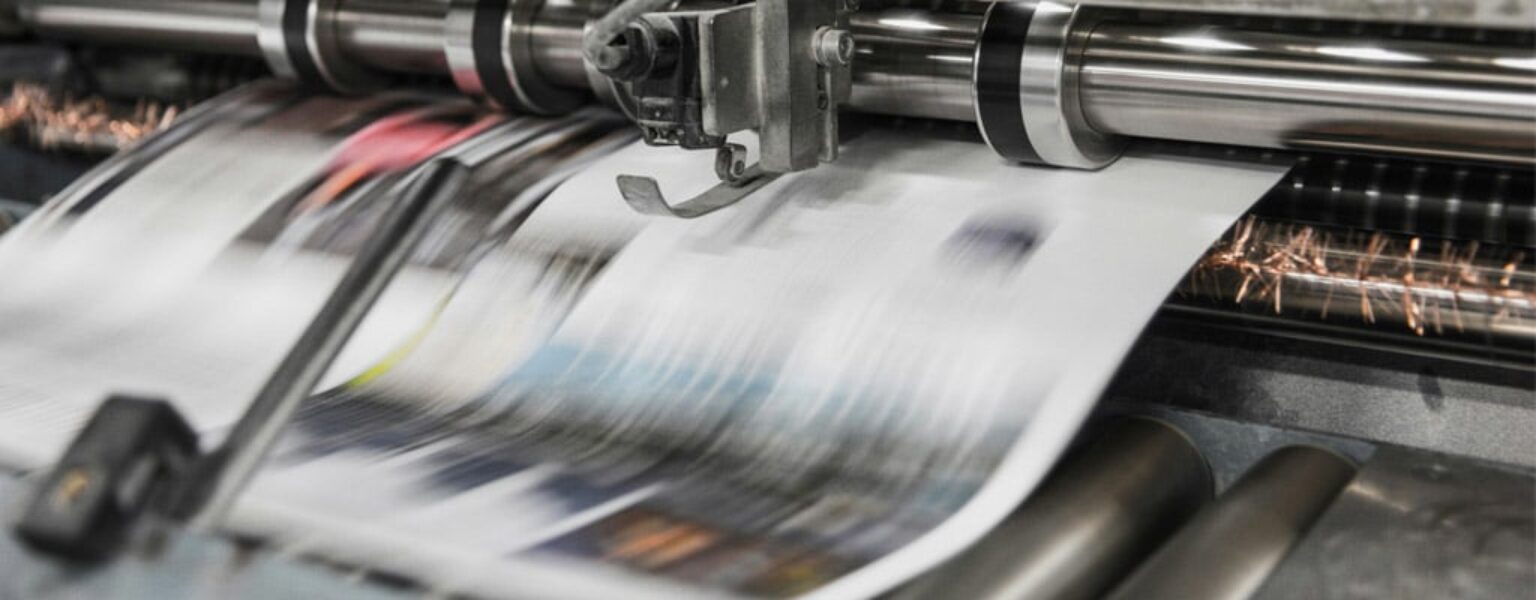The Paperless Paradox – Why Print Still Matters in a Digital-First World
Contents
We’ve all heard it: “Print is dying.” But like vinyl records and handwritten thank-you notes, print refuses to fade quietly. In a world obsessed with cloud-first workflows and AI-everything, print still shows up. Reliable, tangible, and surprisingly strategic.
Digital Dreams vs. Real-World Realities
The paperless office sounds dreamy: lower costs, streamlined workflows, and a greener footprint. But reality check: some industries still need paper like coffee needs a cup. Healthcare, finance, legal, and education rely on print for compliance, security, and accessibility. Regulations like HIPAA and GDPR don’t care how sleek your cloud storage is; they want hard copies
And let’s talk retention. Studies show that many of us absorb information better from paper than from screens. That contract you skimmed on your phone? It’s a blur. But the printed version? It can stick.
Digital Fatigue is Real
We’re drowning in screens. Between endless emails, PDFs buried in shared drives, and notifications pinging like popcorn, digital overload is the new normal. Print offers a break, a distraction-free, tactile experience that demands attention. It’s the difference between a handwritten note and a Slack ping. One gets read. The other can get lost.
Print’s Superpowers in a Digital World
Print isn’t just surviving, it’s evolving. Here’s why it still matters:
- Security & Compliance. In 2024, 67% of organizations reported data losses due to unsecure printing practices. Print adds an offline layer of protection that can’t be hacked. With encrypted printers, user authentication, and document tracking, modern print is secure and compliant. And yes, regulations like HIPAA and Sarbanes-Oxley still require physical records.
- Operational Resilience. Ever tried closing a deal when the Wi-Fi’s down? Print is your offline failsafe. In high-stakes industries like banking and government, it ensures continuity when tech hiccups hit. And let’s not forget the power of the pen. Some clients still trust a wet signature more than a digital one.
- Hybrid Workflows. The modern workplace is a mashup of remote work, cloud collaboration, and in-office hustle. Print bridges the gap:
- Secure mobile printing
- Cloud-integrated print management
- AI-powered scanning and digitization
Print complements digital; it doesn’t compete with it.
How IT Leaders Can Create a Smarter Print Strategy
The goal isn’t to eliminate print, it’s to use it smarter. Here’s how forward-thinking leaders are doing just that:
- Implement secure print management to prevent unauthorized access and track usage.
- Invest in energy-efficient printers to reduce environmental impact and operating costs.
- Leverage AI-driven automation to digitize and integrate paper workflows with cloud platforms.
- Adopt a print-on-demand approach to minimize waste and avoid unnecessary bulk printing.
- Educate employees on when to print and when to go digital—because balance is everything.
Sustainability Without Sacrifice
Print gets a bad rap for being wasteful. But when managed smartly, it’s surprisingly green:
- Recycled paper and soy-based inks
- Energy-efficient printers
- Print-on-demand strategies
- A “print-when-needed” mindset
It’s not about printing more, it’s about printing better.
The Bottom Line
The future isn’t paperless. It’s paper-smart. Print isn’t the enemy of digital transformation, it’s its secret weapon. Instead of chasing the mythical paperless utopia, smart organizations are optimizing print: securing it, streamlining it, and integrating it into hybrid workflows.
Because sometimes, the best way to stand out in a digital world is to put it in print.
Need guidance on how print can complement your digital strategies? We can help.



